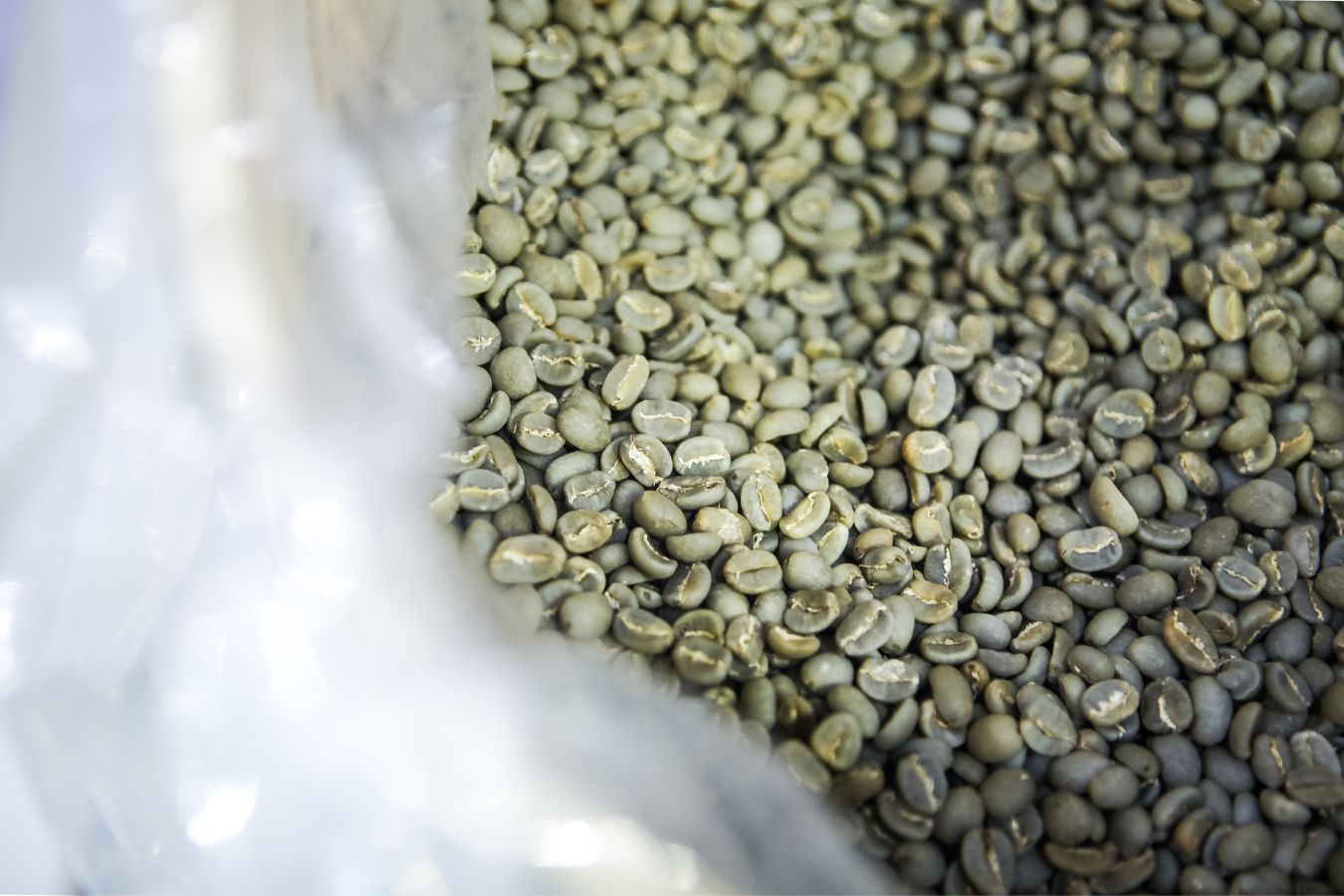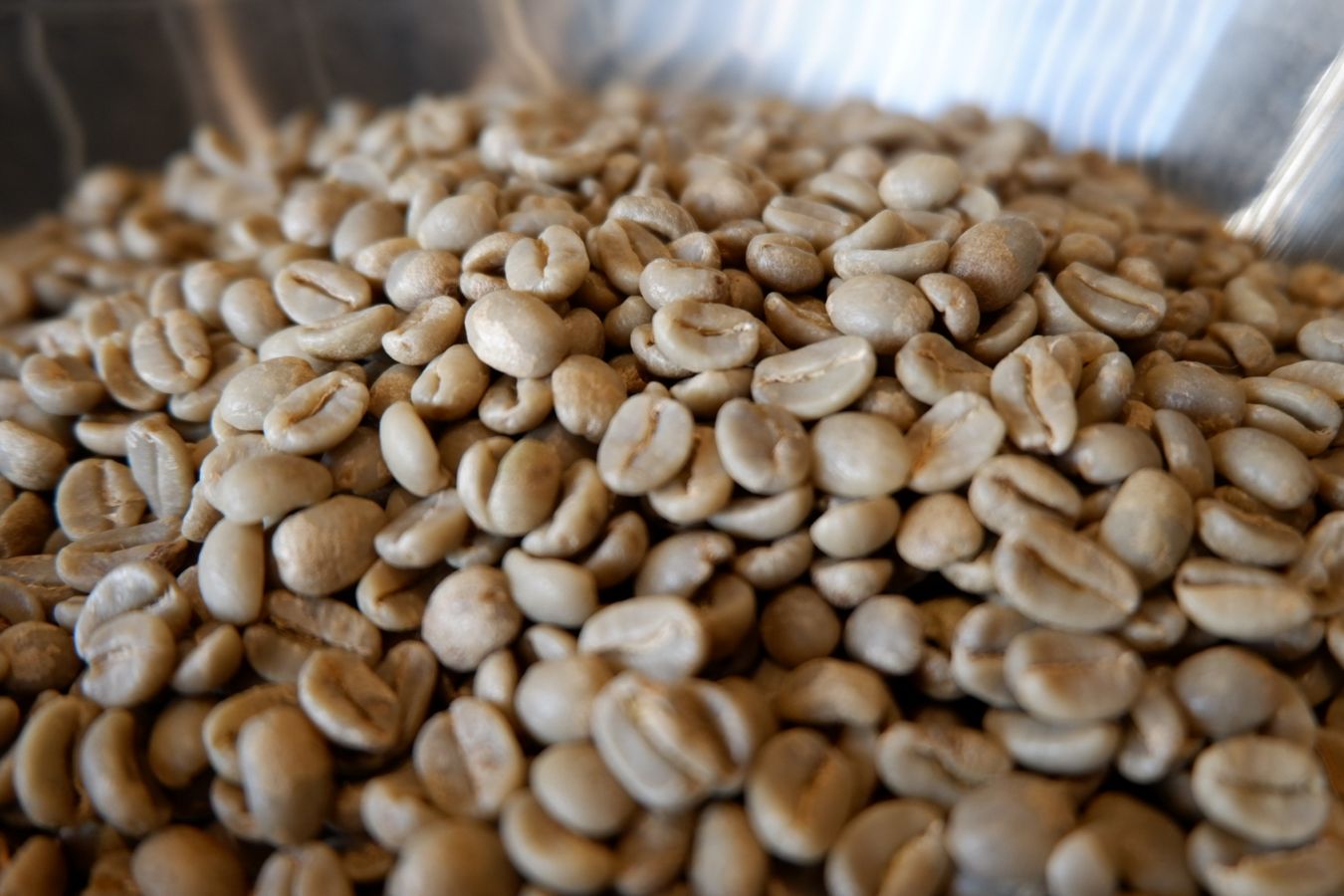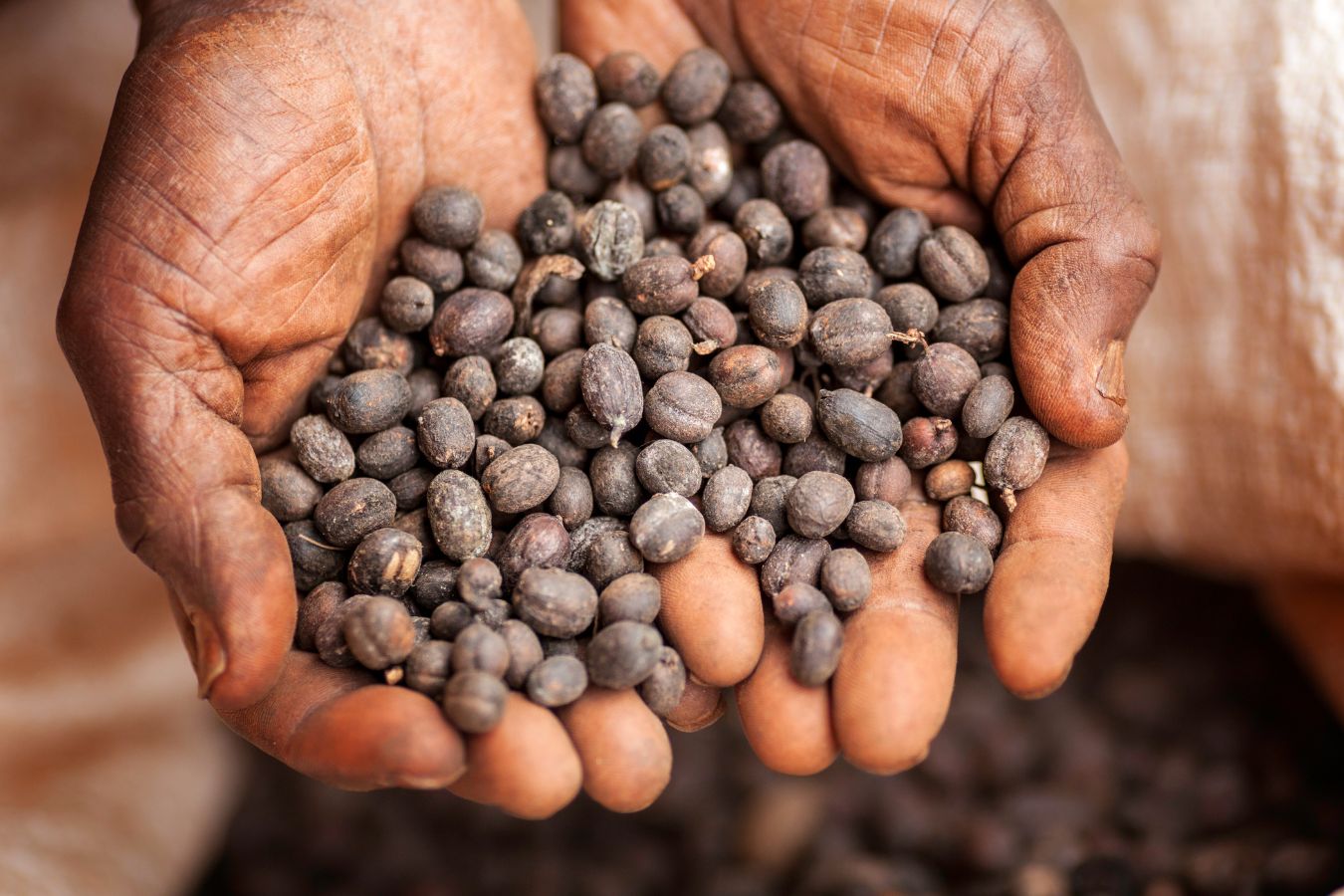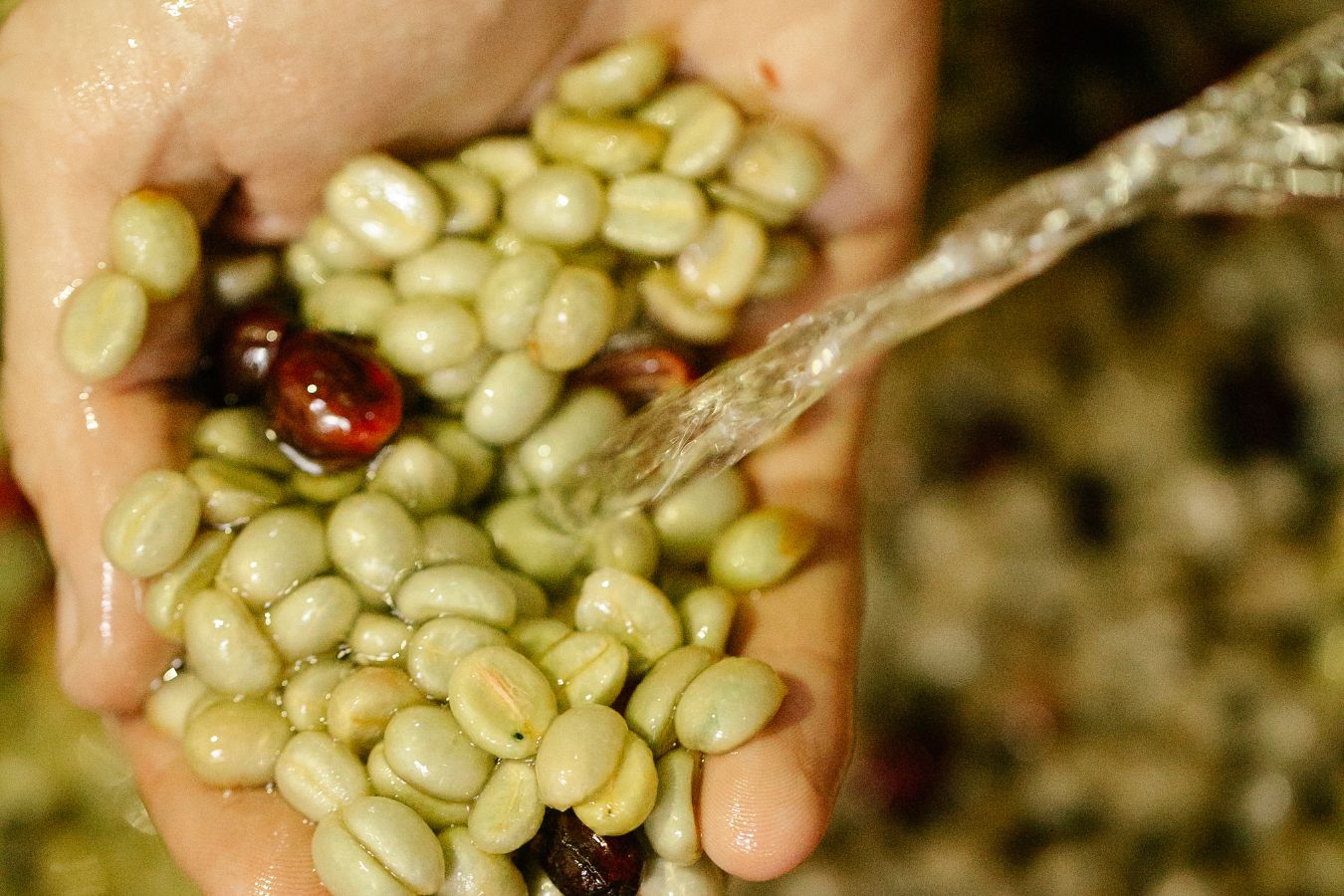
But how can one go about selling green coffee? Whether you’re a producer, roaster, or consumer, knowing how purchasing and selling works will help you make smarter decisions.
Model of Importer/Exporter
Model of Importer/Exporter Individual producers, farmer cooperatives, and third-party exporters are examples of exporters. They work with either importers or roasters directly. On the other hand, importers have the contacts and financial resources to purchase green coffee in volume.
As a result, roasters frequently rely on importers to source high-quality coffee from all around the world. Importers buy green coffee in large quantities and store it before selling it to client Roasters. When green coffee is purchased through an import/export transaction, the importer maintains an extensive archive of information about each producer with whom they are working.

This could include the harvest season, the types of coffee farmed, and the number of cases of green beans available from the producer. If this information is correct, it gives traceability and assurance about its quality.
While direct commerce is a popular choice for people seeking greater transparency and a more long-term relationship with roasted producers, importers can also help farmers. They have the resources to manage bulk logistics, international import duties, and other bureaucratic requirements that can make it impossible for roasters to contemplate commercial directly as they are devoted to huge enterprises.
Importers also represent a larger supply chain with more stakeholders sharing earnings. More individuals aren’t always negative; while direct contact between a roaster and a producer may seem ideal, having a few parties involved might help logistics go smoothly. If there are any difficulties, share more. Some importers go to great lengths to maintain transparency, even referring roasters to the coffee producers they purchase.
Trade Direct
Trading Directly When producers sell their green beans directly to roasters, either individually or through a coffee cooperative, this is known as direct trading. By removing intermediaries and importers, transparency and traceability are supposedly improved. Buyers access the source, assess items, and form connections with farmers.
According to Arturo Sáenz, direct commerce should be better priced and more transparent, and if all goes well, it can lead to a long-term partnership. However, we must keep in mind that direct trade is not without risk. Without the entities that regulate the process, the success of a transaction is more dependent on the participants’ confidence and the potential for transactions to be completed. Roasters and producers must also become educated in business practices, international import regulations, and logistics.
According to Ena Galletti, a producer must ensure that [the buyer] is committed to quality and values loyalty. Taking the risk of an advance payment is sometimes the only option to establish a long-term relationship with the coffee-growing community.
As a marketing buzzword, direct commerce has also been chastised. There are examples of direct trade importers and exporters on the internet who take the negotiations out of the manufacturers’ hands yet still use the phrase in their sales contracts. Because the label isn’t regulated, it’s not often clear what direct trade entails.
In theory, eliminating intermediaries means that most profits go to the manufacturer. On the other hand, the direct trade coffee price is negotiable and unregulated, so it may not be as high as consumers think. For producers, this form of the transaction can be time-consuming and hazardous, particularly when roasters wish to acquire in tiny quantities. That isn’t to imply that direct trading isn’t beneficial. Many manufacturers promote its advantages.
However, it is essential to remember that it might have both benefits and drawbacks. Marta explains that direct commerce means different things to different people. Let us consider establishing mutually beneficial relationships. It all starts with giving everyone an equal footing in the market, primarily the manufacturer.
Spot Buying and Forward Contracts: What You Need to Know
Understanding the difference between purchase and forward contracts There are two significant ways roasters buy green coffee: spot buying and forward contracts, whether through direct trading or the importer/exporter model. When roasters buy coffee from an importer without committing, this is known as purchase.

That is, everything is in place. Green beans are frequently in stock and ready to be delivered right away. Because the importer assumes the financial risk of purchasing and keeping the beans, this can be costly to obtain coffee. Coffee and they’ll factor that into their selling price. Because it is likely linked to the C-price, the price is likewise prone to fluctuate.
Roasters use forward contracts to plan and purchase coffee from a single grower. Importers can take part, or roasters can interact with the producer directly. This process has improved traceability, and roasters can be confident that the coffee is fresh. It also gives farmers additional assurance.
Marta Dalton is the founder and CEO of Guatemala’s Coffee Bird. She explained that farmers gain from advance contracts since they free up their thoughts and prevent them from worrying about who will buy their coffee. With safe forward contracts, producers can plan and easily access credit. As a result, they will be able to invest in infrastructure and equipment to improve the long-term quality of their coffee.
Arturo Aguirre Sáenz is a Guatemalan producer at Finca El Injerto. “The transaction worked well both ways,” he explained, “since the producer knew how much income they were making and the consumer knew exactly how much to spend and had secured the coffee.” for years to come.” Communication is essential, regardless of the model. “Manufacturers must have a complete awareness of the rules and a feeling of what a sustainable industry entails,” says Ena Galletti, a coffee exporter in Galletti, Ecuador.
Buyers from within the country
A local buyer is also a middleman, broker, or werewolf. These individuals serve as a link between the manufacturer and the purchaser. Intermediaries’ coffee is frequently of poor quality and sold at meager costs. Domestic purchasers have a reputation for profiteering by reducing the producer’s payment. On the other hand, coffee farmers rely on them to keep them close to the roasters.
When producers lack the required connections, logistical understanding, or legal expertise, intermediaries play a critical role in selling coffee. They are also likely to be from the same neighborhood as the producers with whom they collaborate. This can be a significant aspect of a business that relies on trust and repeat business.
The Futures Market: Speculation
Futures trading is speculative. So far, buying and selling green coffee appears to be straightforward. On the other hand, traders can influence the price of coffee without ever touching the beans. Like any other commodity, coffee is bought and sold on regulated marketplaces.
The C-Price is the Arabica transaction price, and it is this number influences the coffee’s purchasing price. Regardless of origin or other considerations, all coffee is considered a raw material. Specialty coffee costs are frequently related to the C-Price, plus a surcharge.
Speculators trade prices based on a product – in this case, coffee – and purchase and sell it. They agree on the price the trader anticipates paying for the product in the future. Speculators are not supposed to own the physical beans, and the coffee may never leave its original storage. Instead, it serves as a profit-generating trading instrument. Speculators’ actions influence market patterns, which is one of the reasons why coffee prices fluctuate so often.
Auctions
Auction: Another way to sell green coffee beans is to hold a public sale, which attracts purchasers worldwide. Manufacturers can use auctions for marketing their products and creating relationships throughout the supply chain. This contributes to the industry’s strength and provides traceability.

Auctions are typically where the highest grade coffee beans are found in Latin American producing countries. In this case, the auction mechanism is an excellent way to examine the market. It allows roasters to see how much they spend on coffee and what type of coffee they are looking for. However, keep in mind that the excellent quality of these beans means you’ll pay above-average costs.
Auctions are commonly used to buy and sell coffee beans in several African-producing countries. These countries’ producers are frequently cut off from international importers and roasters. As a result, auctions are often their sole option for selling their coffee. The majority of Kenyan coffees, for example, are purchased through central auctions. Only licensed coffee dealers are allowed to bid in these auctions. Small producers could not support their coffee since they did not meet purchasers.
What Is The Most Effective Way To Purchase & Sell Green Coffee Beans?
There is no one-size-fits-all approach to buying and selling coffee. Each model necessitates understanding the benefits, drawbacks, and potential hazards. “The ideal approach to buy coffee is to choose the method in which you are most comfortable with the risks,” Marta adds. So take a look at your situation, budget, and resources.
Determine which model best suits your degree of comprehension and negotiation comfort. Concentrate on your objectives, strengthen your relationship, and get some work done.
Buy green coffee
You’ve mastered all of the variables in your home coffee-brewing process. What happens next? There is one more task to complete: roasting your beans. You will not only have the freshest roast coffee possible, but you will also be able to experiment with different roasting levels on the same beans.
Getting the best green coffee beans is the first step in your roasting journey. Continue reading to learn about some of our favorite brands and how to deal with them.